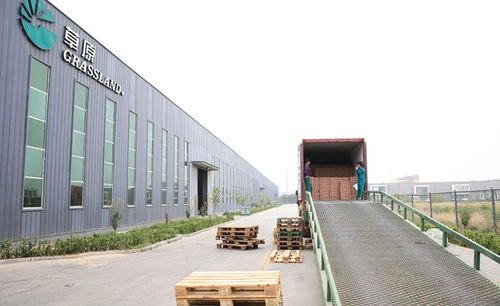Understanding Aluminum Grinding Wheels A Comprehensive Guide
In the realm of metalworking and machining, precision and efficiency are paramount. Among the various tools that facilitate these objectives, grinding wheels play a crucial role, particularly when it comes to working with soft metals such as aluminum. Aluminum grinding wheels are specifically designed to address the unique challenges posed by this lightweight yet durable material. This article delves into the features, benefits, and considerations of using aluminum grinding wheels.
What Are Aluminum Grinding Wheels?
Aluminum grinding wheels are abrasive tools used in the grinding, shaping, and finishing of aluminum workpieces. Unlike general-purpose grinding wheels, which may produce excessive heat or damage the surface of softer metals, aluminum grinding wheels are manufactured from materials and with designs tailored to minimize these risks. These wheels often contain abrasives such as aluminum oxide, which is effective at cutting through aluminum without excessive wear or heat generation.
Features of Aluminum Grinding Wheels
1. Material Composition Most aluminum grinding wheels feature aluminum oxide as the primary abrasive. Some specialized wheels may also contain ceramic abrasives, which offer improved performance and longevity.
2. Grain Structure The grain structure of the wheel affects its cutting efficiency. Aluminum grinding wheels are designed with a friable grain structure, meaning that as the wheel wears down, new sharp edges are exposed. This characteristic enhances the wheel's cutting ability over time.
3. Bond Types The bond holding the abrasive grains together can significantly influence the wheel's performance. Resin bonds are common in aluminum grinding wheels, providing flexibility and resilience necessary for handling various grinding applications.
4. Grit Size Aluminum grinding wheels come in various grit sizes, allowing users to select the appropriate wheel for their specific application. Lower grit numbers indicate coarser wheels for rapid material removal, while higher grit numbers are suited for finishing applications that require a smoother surface.
Benefits of Using Aluminum Grinding Wheels
1. Reduced Heat Generation One of the most significant advantages of aluminum grinding wheels is their ability to minimize heat buildup. Excessive heat can not only warp or damage the workpiece but also degrade the effectiveness of the abrasive tool. These wheels dissipate heat efficiently, which is essential for maintaining the integrity of aluminum.
aluminum grinding wheel

2. Enhanced Finish Quality The design and material composition of aluminum grinding wheels allow for a smoother finish compared to standard grinding wheels. Users often find that the finished surfaces require less additional machining or polishing, saving time and resources.
3. Longevity and Cost-Efficiency While the initial cost of high-quality aluminum grinding wheels may be more than generic options, their durability and efficiency translate into longer life spans and more effective material removal. This combination ultimately leads to cost savings over time.
4. Versatility Aluminum grinding wheels are not limited to just grinding aluminum. They can also be used for various non-ferrous metals, making them a versatile addition to any workshop.
Considerations When Using Aluminum Grinding Wheels
While aluminum grinding wheels offer many advantages, users should keep several considerations in mind
1. Speed and RPM It is crucial to match the wheel's speed rating with the grinding machine’s capabilities to avoid accidents and ensure optimal performance.
2. Wheel Type Selecting the appropriate wheel type (e.g., flat, depressed center, or cylindrical) for the specific application is vital for achieving the desired results.
3. Safety Precautions As with any grinding operation, proper safety measures should be taken, including the use of protective eyewear and adhering to safety guidelines to prevent injury.
Conclusion
Aluminum grinding wheels are essential tools for those working with aluminum and other soft metals. Their unique features and benefits, such as reduced heat generation and improved finish quality, make them indispensable in various applications. By understanding their characteristics and how to utilize them effectively, metalworking professionals can enhance productivity, efficiency, and safety in their operations.
Post time:Dec - 14 - 2024

















